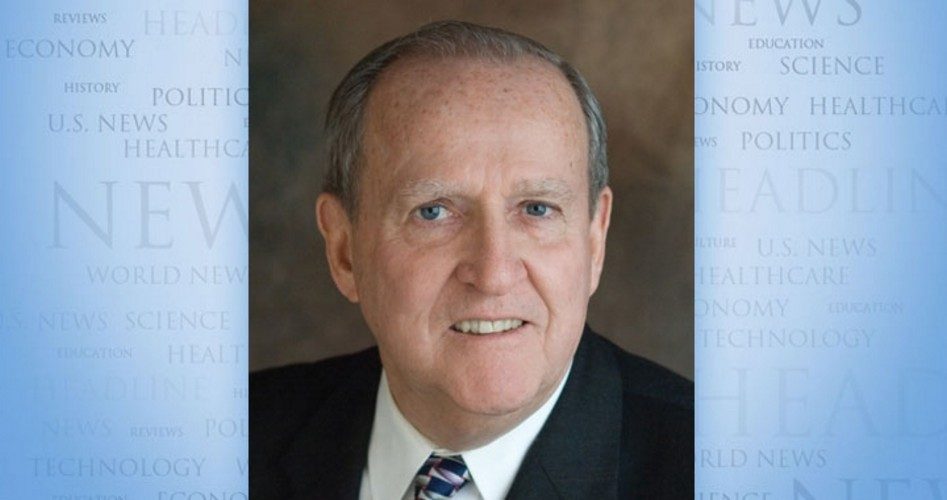
After the votes of the people in the recent election were counted, the projected Electoral College totals showed that Donald Trump should win the presidency by 306-232. But partisans of the “Never Trump” movement and others can’t bring themselves to accept the Trump victory. They are hard at work trying to persuade Electors to vote for someone other than the GOP’s victorious candidate.
A bit of a refresher course is needed here. The Electoral College system calls on voters nationwide to cast their ballots, not for President, but for a political party’s slate of electors who are pledged to the party’s candidate for president. A citizen’s vote for Trump, Clinton, or any other candidate is actually a vote for the slate pledged to that particular candidate. Whoever wins the popular vote in each state will expect that their party’s slate of electors will choose him or her when the Electoral College meets.
According to the system under which the nation has operated from its early years, each state shall have the total number of electors equal to its number of senators (fixed at two per state) and House members (varied according to population). Congress sets the date for the Electoral College to meet and the date chosen for 2016 is December 19th. On that date, electors will meet in state gatherings to confirm the winner of their particular state’s electors. They will duly forward the results of their vote to the President of the Senate. But many of the GOP electors are now receiving fervid pleas to ignore their pledges and vote for someone other than Trump.
Should a sufficient number of electors choose to ignore the pledge they made when they agreed to be an elector for their party and its candidate, and their number shrinks Trump’s lead of 306 to below the 270 majority needed for victory, the Constitution (see Amendment 12) calls for the House of Representatives to hold a completely new and remarkably different election. In it, each state would have one vote and only the top three candidates from the November election can be chosen. Each member of the House shall have a vote and the state itself shall have one vote in this unique selection process. Whoever receives a majority of the 50 state votes will become President. A similar procedure would select the vice president but only the top two from the November election would be eligible.
Having to rely on this process for choosing a President is unlikely. However, should a sufficient number of electors refuse to honor their pledge to vote for the candidate who was chosen, first in the grueling primaries and then in the general election, they would face an eruption of disillusioned and angry voters. And if the eventual House of Representatives vote for president should choose someone other than Trump, those who voted for him in the general election will feel betrayed by our nation’s governmental system.
Anti-Trump activists are determined. Should they succeed in denying Donald Trump his hard-won victory, chaos would surely reign. We can hope that this never previously relied upon process shall not be needed.


